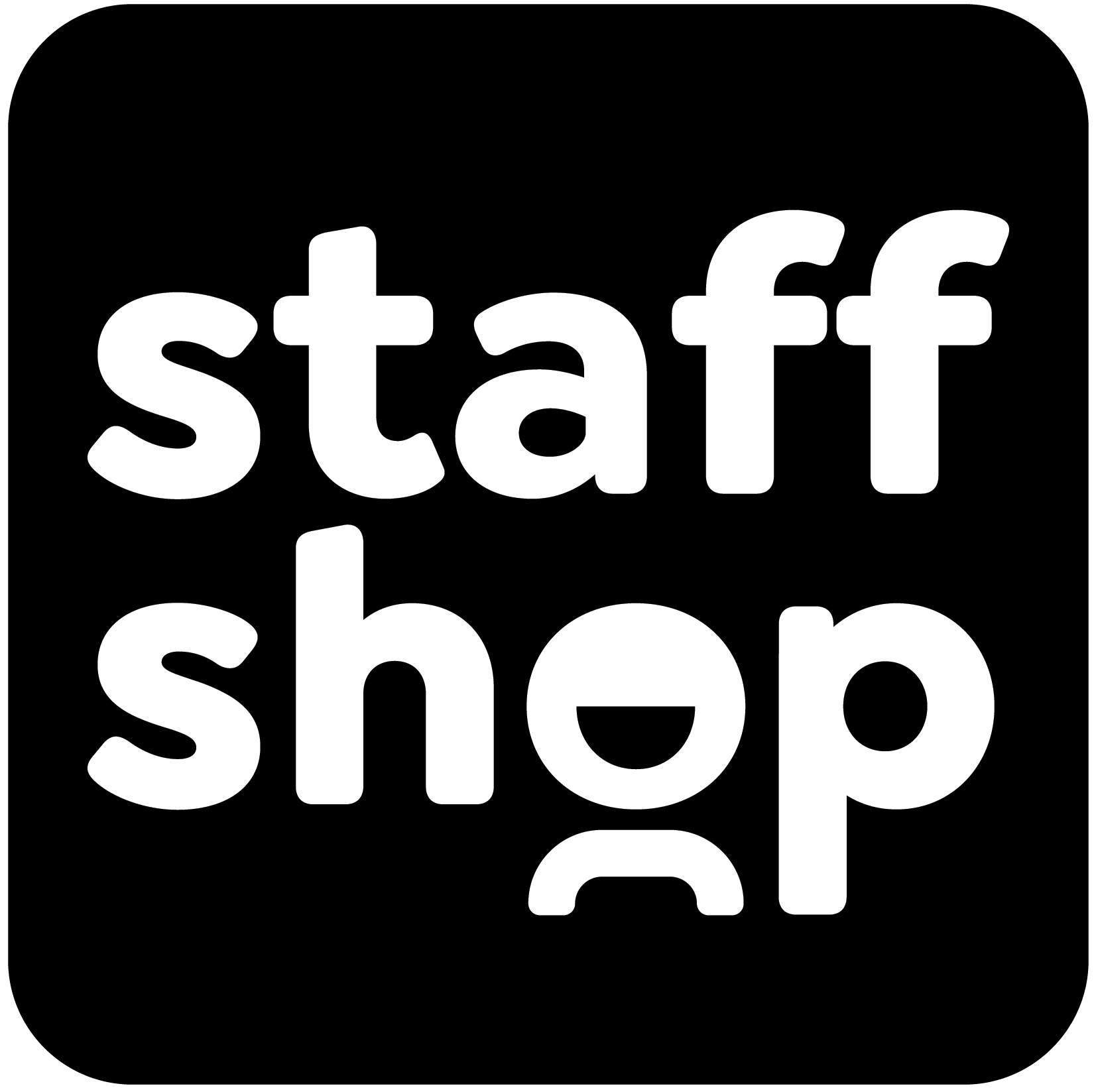In February’s blog we tackled the topic of why Staff Shop operates using a remote team and why this model is ideal. This month we talk about HOW we do it and why these methods work best.
As a refresher, Staff Shop has always used a remote model rather than having brick and mortar office spaces. But now that many other businesses are operating this way due to the pandemic, we thought it would be useful to share some of our insights into how we make this work and how we don’t plan to ever be location dependent.
The Hiring Process
We believe that the best way to manage a remote team is to begin with the right team. When you have the right players in the right seats who are aligned with your values, you don’t have to worry about what they’re doing when you’re not there to watch.
We believe in taking the time to find and attract ‘A’ players only – and if those players aren’t fulfilling their contribution or meeting expectations, we don’t wait to address issues or string people along. The saying “hire slow and fire quick” is necessary for all parties. When it comes to a remote team, you don’t have time to work with the wrong people.
One tool Staff Shop finds incredibly helpful is the Core Values Index. The CVI reveals what a person values and how those values align with the role they’re applying for.
The right team should be able to get behind your vision, clearly understand what’s expected of them and be ready, willing and able to deliver results.
Establishing Trust
For a remote team to thrive, it’s crucial that you establish trust. You cannot work like this if you don’t trust your people and they don’t trust you. Leaders must have clear expectations and employees must deliver results – it needs to be a win/win.
Leaders can also make it fun. Just because a team is remote doesn’t mean you cannot team build. Virtual team building is an important step in creating a cohesive team – regardless of the working environment. There are so many creative ways to do this. Some of our favourites include:
- Our daily morning huddle! We share something valuable; an expression of gratitude, humour, a gift, or an “Oops” moment – which builds a healthy relationship with failure
- Virtual cocktail hour! Make sure there is something planned to engage the team – sitting and making small talk on Zoom for an hour is fatiguing. Try inviting a Sommelier to do a virtual wine tasting, or host a trivia quiz competition, or a show-and-tell to share travel photos and meet each other’s pets, family and more
- Coworking! Once a month, gather in a shared space to work together in person. It gets the team out of the house, and bonding face to face. Anywhere with great WiFi works for a remote team. Try a trendy coworking space, a cool coffee shop or snack lounge, or get adventurous with a rooftop pool patio or the party room in your favourite restaurant
These types of interactions or events actually encourage your team to get to know each other better as opposed to being forced to be together in the same space every day.
Measuring Results rather than Time
The best way to manage a remote team is to stop thinking of a work day in terms of 9am to 5pm. By letting go of how much time your staff are using to complete tasks and when, you can focus on what really matters – the results. This way, your team is focused on tasks rather than how much time they’re clocking in and out. For example, it might take one person less time to complete the same task, of the same quality, than someone else. Both get the job done well, so the time it took doesn’t matter.
If you delegate tasks with clear deadlines, how and when they are completed shouldn’t matter. If everyone is doing what needs to be done and you’re seeing results, that’s all that matters. You’ll find that players who complete their tasks faster tend to want to increase their capacity and move up to take on more responsibilities.
We should note that we use specialized software to help manage tasks and keep everyone organized. There are even free apps you can use if you need a cost-effective solution. Some of our secret weapons:
- Task Managers. Programs like Asana, Monday and Clickup allow you to track projects, tasks, progress and deadlines for all of your team members. Give everyone clarity and visibility to what they are responsible for, and by when. A clear directive is critical to a happy and productive team member!
- Regular Performance Reviews. Let go of the need to see your team’s punch clock. The focus doesn’t belong on the hours they are putting in, but the results they are putting out! Meet regularly to review goals, metrics and KPIs. Your team will want the opportunity to share with you all the great things they have been producing, and you can use the opportunity to clarify expectations, and ensure that the next steps are always clear.
- Online Document Sharing. Tools like Google Docs that allow teams to collaborate on the same document at the same time, view each other’s edits, and make suggestions make remote working a breeze. No need to worry about version control, or team members using old, outdated reference documents. You can help each other and drive the project home in real time!
- A Training Library. Keep your team engaged and empowered by providing a folder or database of materials for their professional development. It is a great idea to keep videos and other resources on a variety of topics to support both their personal and professional development. You can host Lunch & Learn sessions where team members can share their learnings with each other, or watch parties where your whole team can learn something new together. Keep the forward momentum alive – if you aren’t growing, you’re dying!
The Positive Impact
While this is about the “how” of remote teams, it’s important that we also acknowledge the impact running a remote team has on employees. Being able to pick up children from school or daycare on time and the freedom to work from anywhere in the world has meaningful benefits. If you need to go to the doctors or the dentist or get a massage, you can do that without having to book off time or take a personal day.
You won’t miss important things happening in your personal life because you can manage your own time. It’s about work life integration – not separation.
From the hiring process to establishing a workplace culture that is designed to measure success by results – managing a remote team isn’t as hard as it sounds. In fact, Staff Shop believes that it’s way more productive than working in a traditional office space. Think about how much time is wasted at work. According to Salary.com, 89% of employees are wasting time at work. Open-concept office spaces that were once believed to feed innovation and encourage collaboration are now being viewed as just one big distraction.These distractions are the antithesis of productivity, as it made employees retreat from one another. In an article for PCMA, Barbara Palmer writes,
“A study funded by Harvard Business School, the results of which were published last year, tracked what happened when a British company moved its employees from traditional office space, with offices with walls, to an open plan. Face-to-face interaction plunged — employees spent 72% less time interacting with their colleagues. Instead of talking more with each other, the employees put on headphones.”
Ultimately, face-to-face doesn’t have the benefits it was once thought to have when it comes to focus and results.
Would you like to work remotely? There are always opportunities available at Staff Shop. JOIN US or HIRE US at info@staffshop.ca
And stay tuned for our next blog on Hiring the Right People for the Right Roles!

